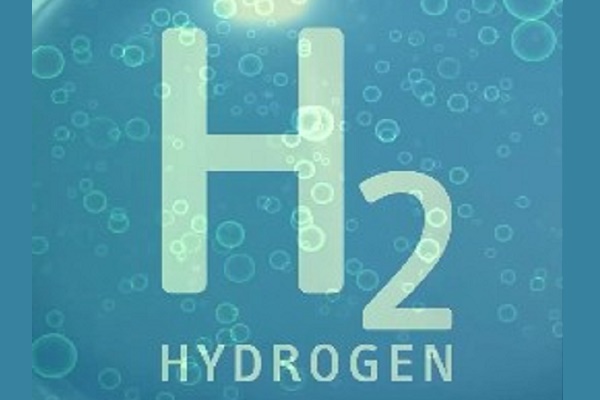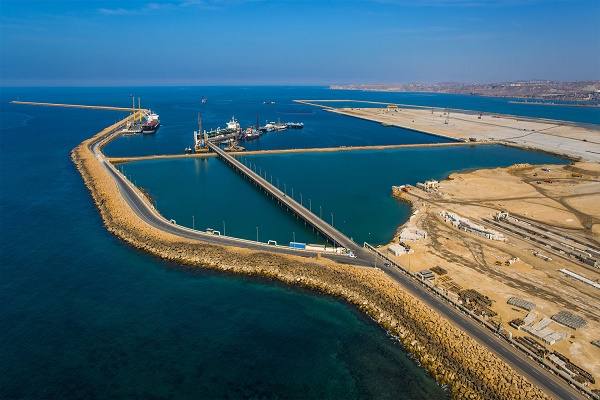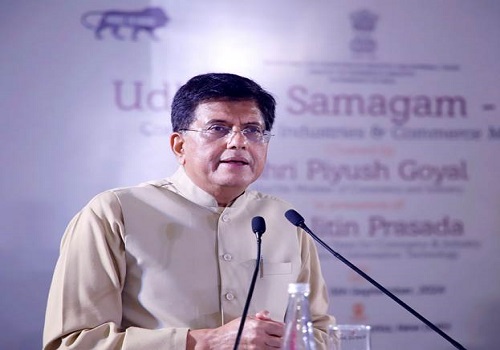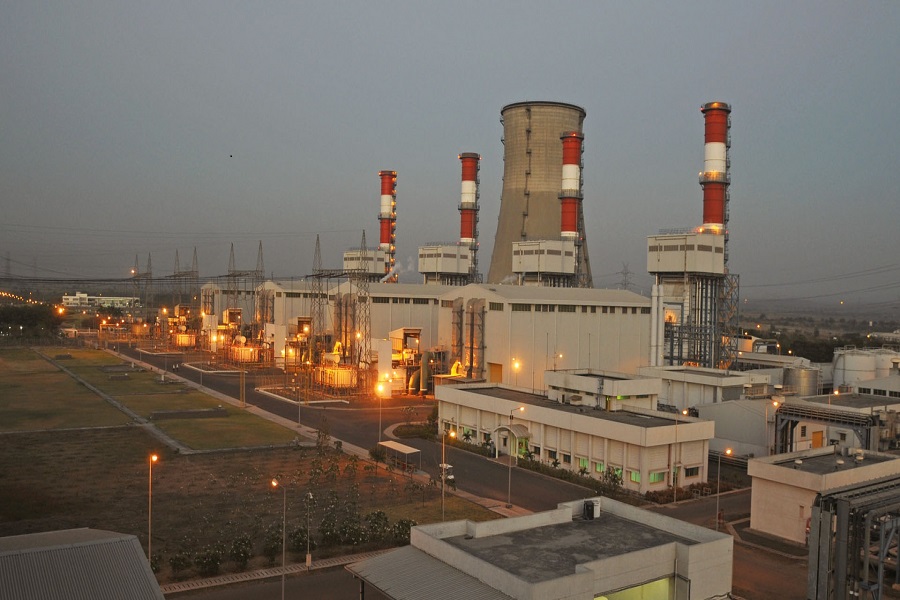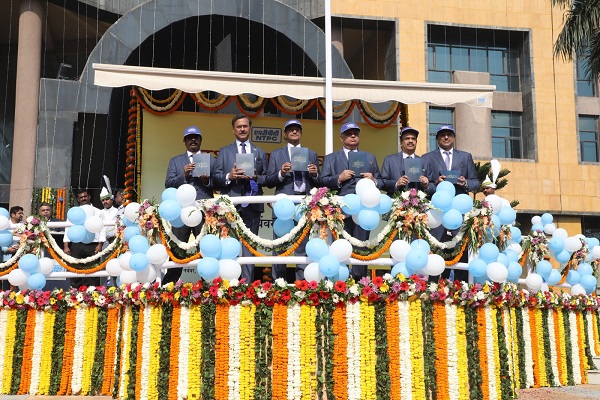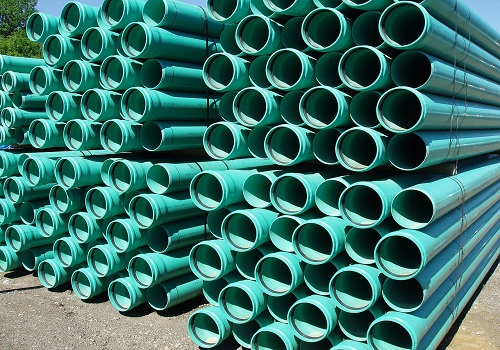Strategy Update: NTPC and PWGR are neither growth nor value stocks by Kotak Institutional Equities

NTPC and PWGR are neither growth nor value stocks
We see NTPC and PWGR as two great examples of (1) the narrative nature of the Indian market and (2) use of wrong valuation methodologies to justify narratives. The market is super bullish on the electricity sector narrative, but overlooking that these companies’ (1) earnings are linked to stock of assets, which will grow slowly and (2) valuations are super expensive.
Agree with the part about the need for new assets, but not with the narrative
We do not agree with the way investors are valuing NTPC and PWGR stocks, even as we agree with the view of new capacity creation in the power sector. One fundamental difference is that NTPC and PWGR are ‘stock’ stocks and their earnings growth depends on the growth in the stock of assets, unlike ‘flow’ stocks, where earnings growth depends on growth in revenues and profitability. We are keeping aside other relevant issues of (1) questionable terminal value of NTPC’s thermal assets and (2) gradual shift in their business models to competitive low-RoE versus the current assured high-RoE businesses.
Growth is linked to asset or regulated equity
We expect fairly muted earnings growth of NTPC and PWGR (see Exhibit 1), as (1) their earnings growth is linked to the growth in their regulated equity base, which will depend on the addition of new assets and (2) their asset base will grow slowly over the next few years; see Exhibits 2-3 for gross block, new assets capitalization and regulated equity base for the past few years and FY2024-26E. It is obvious that capitalization of new assets cannot be very high relative to the total stock of assets.
Valuations are super expensive
In our view, the fair values of NTPC and PWGR are a lot lower than their current market prices. Their valuations (NTPC at 16X FY2025E EPS and PWGR at 18X FY2025E EPS) may look optically cheap relative to the market or other capital goods stocks and electricity plays, but the multiples are not low in the context of (1) low growth in earnings, as discussed above and (2) limited terminal value in the case of NTPC for most of its current asset base (thermal). In fact, valuations are quite stiff in the context of (1) P/B (NTPC trades at 2X FY2025E BV and PWGR at 3.2X FY2025E BV) and (2) adjusted P/B (removing cash and investments from market cap. and using regulated equity instead of reported equity), the most appropriate valuation methodology (see Exhibit 4). We note that end-FY2024 regulated equity of NTPC and PWGR stood at Rs89/share and Rs83/share, respectively.
Reverse valuation exercise highlights the extent of over-valuation
Our reverse valuation exercises for NTPC and PWGR (see Exhibits 5-6) show that (1) NPTC’s stock price is discounting about 50-70 GW of new thermal capacity versus its end-FY2024 thermal capacity of 59 GW and (2) PWGR’s stock price is discounting Rs2.6 tn of the additional asset base versus its end-FY2024 gross block of Rs2.8 tn. The implied assumptions are quite unrealistic.
Above views are of the author and not of the website kindly read disclaimer




